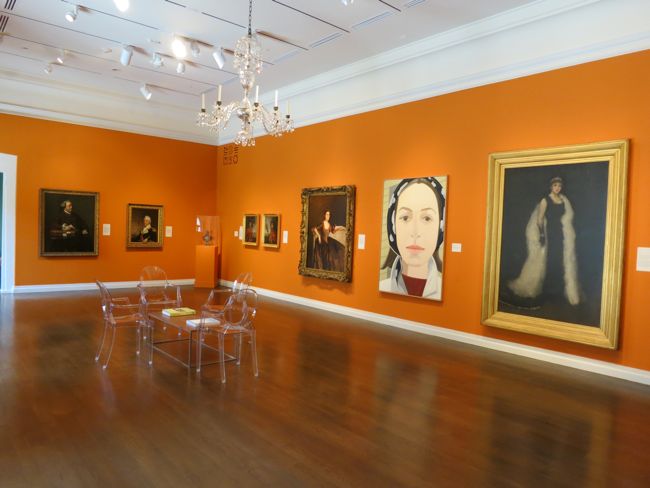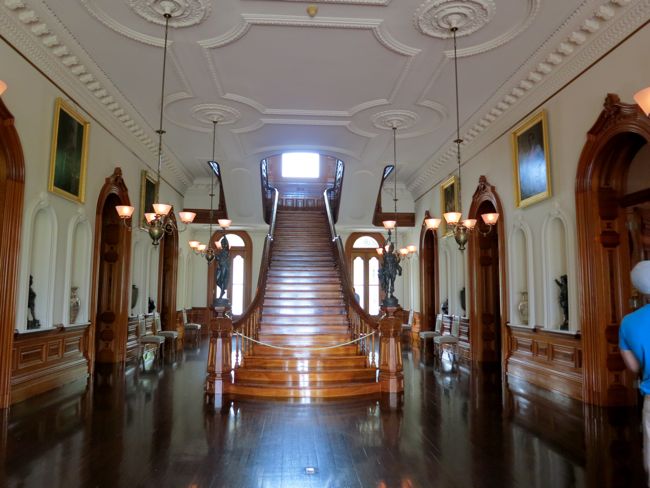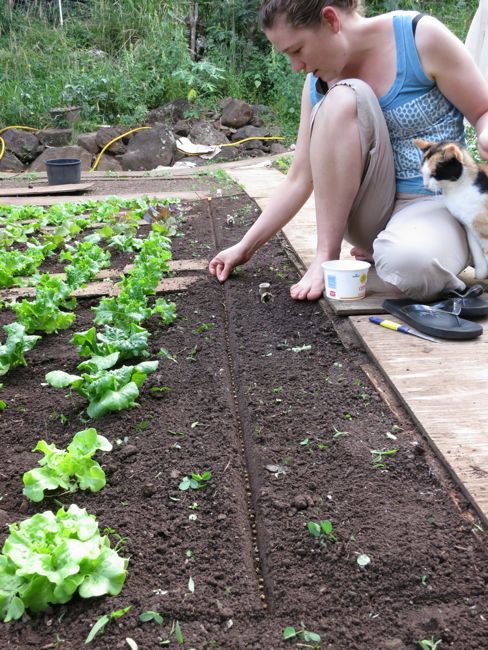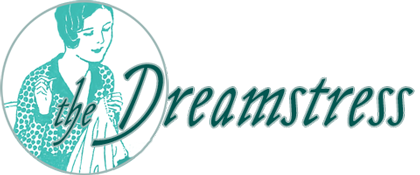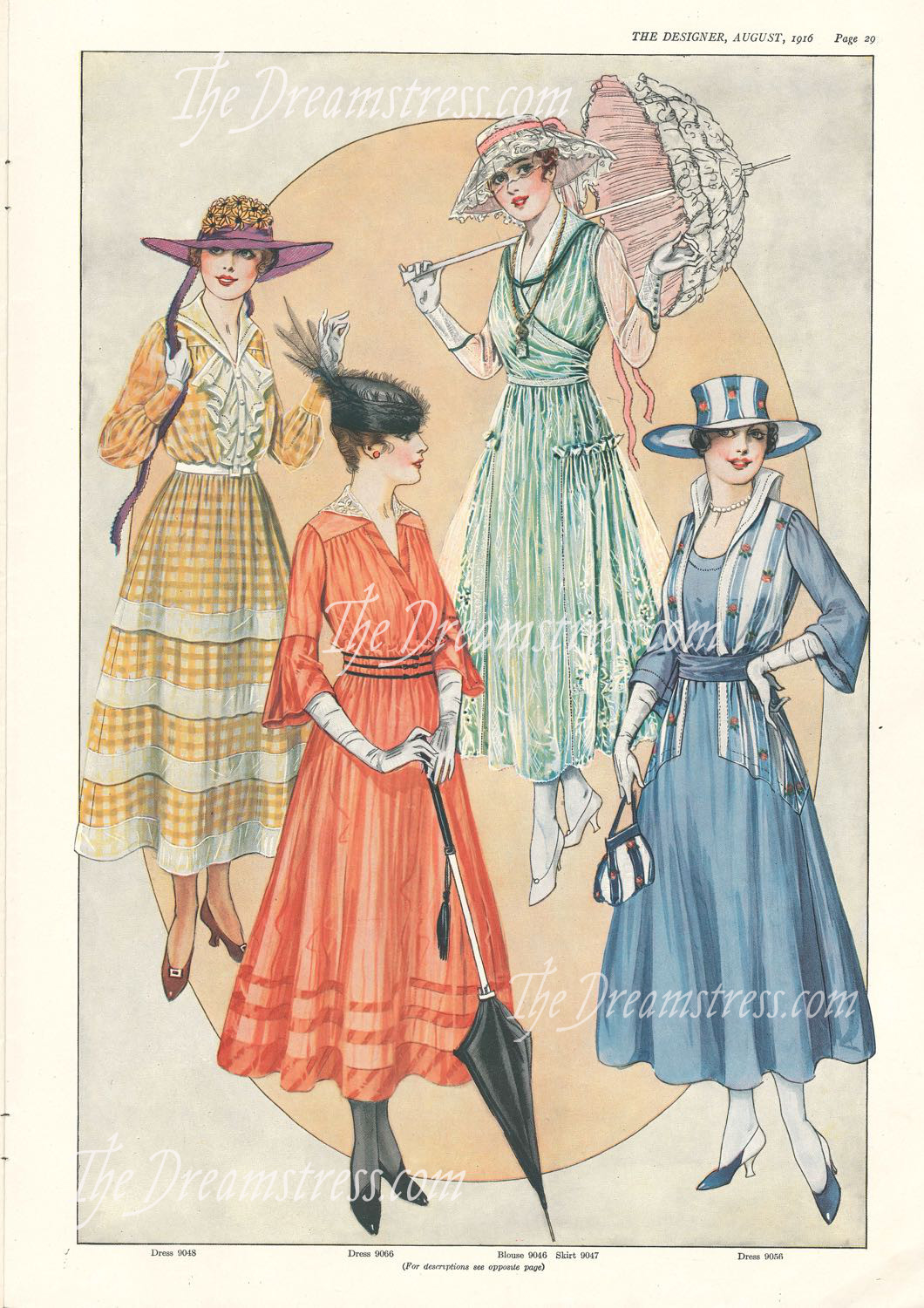Post an ‘interesting’ dress, get an ‘interesting’ set of responses! This week’s puffed sleeves & pailette embellished Rate the Dress pick is a little more subtly interesting: possibly somewhere between last week and the week before. Let’s see what you make of it!
Not surprisingly, there was a wide range of reactions to last weeks late 1880s bustle dress. Ratings ranged from 3 to 10. It was not a dress that was compromising, or trying to please. It was a dress with a definite viewpoint, and a definite opinion.
The Total: 8
I strongly suspect that the wearer of the dress wouldn’t have cared a fig what we rated it, and whether we liked it or not. She liked it, and that was the only opinion that mattered!
And that fact rather makes me like it even more.
This week: a late Regency era evening dress
This week I’ve gone simple and classic, but with hopefully enough interesting details to keep it from being boring, with a ca. 1817 evening dress.
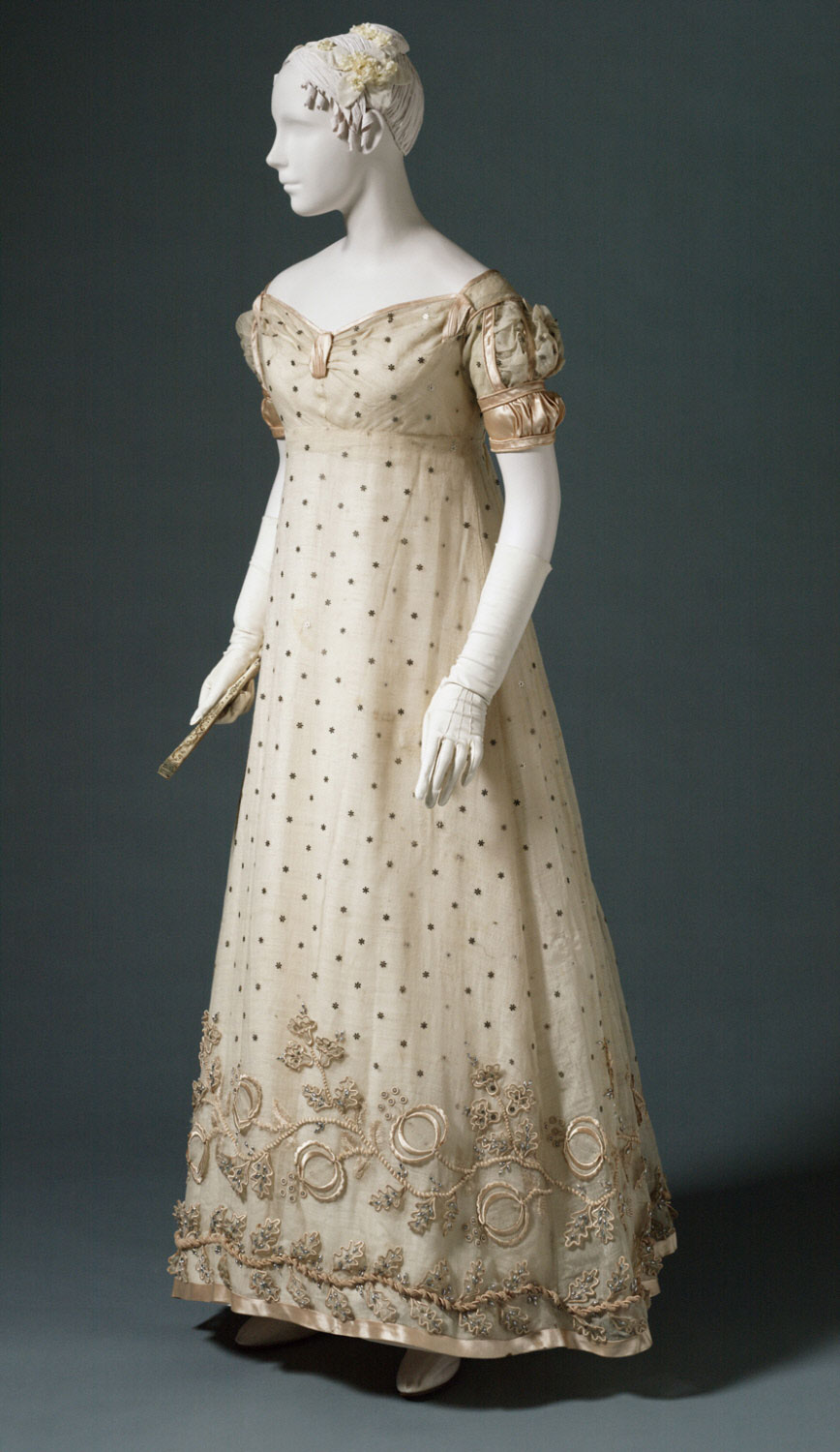
Evening Dress, French, c. 1817, silk and wool gauze with silk satin, iron floral pailettes, silk embroidery, silk-wrapped paper, cording of silk around metal core, and glass beads, Philadelphia Museum of Art, 1958-74-1
This week’s dress keeps to the most popular evening dress colour scheme of the first half of the 19th century: whites and very pale, muted shades. These pale hues stood out in dimly lit rooms, reflecting the glow of candles.

Evening Dress, French, c. 1817, silk and wool gauze with silk satin, iron floral pailettes, silk embroidery, silk-wrapped paper, cording of silk around metal core, and glass beads, Philadelphia Museum of Art, 1958-74-1
This dress also features star-shaped pailettes, glass beads, and other and touches of metallics in the elaborate hem embellishment, which would have added further gleams, glitters, and sparkles to the frock. The wearer would have twinkled her way across the dance floor, or caught the eye across the table every time she turned to her dinner partner.
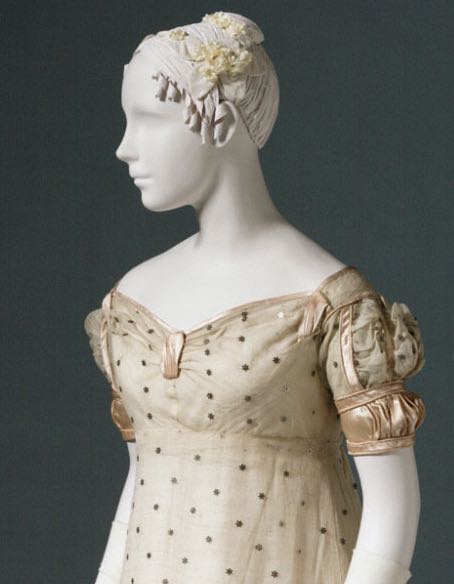
Evening Dress, French, c. 1817, silk and wool gauze with silk satin, iron floral pailettes, silk embroidery, silk-wrapped paper, cording of silk around metal core, and glass beads, Philadelphia Museum of Art, 1958-74-1
What do you think? Are the embellishments enough to suitably enliven this simple white frock?
Rate the Dress on a Scale of 1 to 10
A reminder about rating — feel free to be critical if you don’t like a thing, but make sure that your comments aren’t actually insulting to those who do like a garment. Our different tastes are what make Rate the Dress so interesting. It’s no fun when a comment implies that anyone who doesn’t agree with it, or who would wear a garment, is totally lacking in taste.
(as usual, nothing more complicated than a .5. I also hugely appreciate it if you only do one rating, and set it on a line at the very end of your comment, so I can find it! Thanks in advance!)

